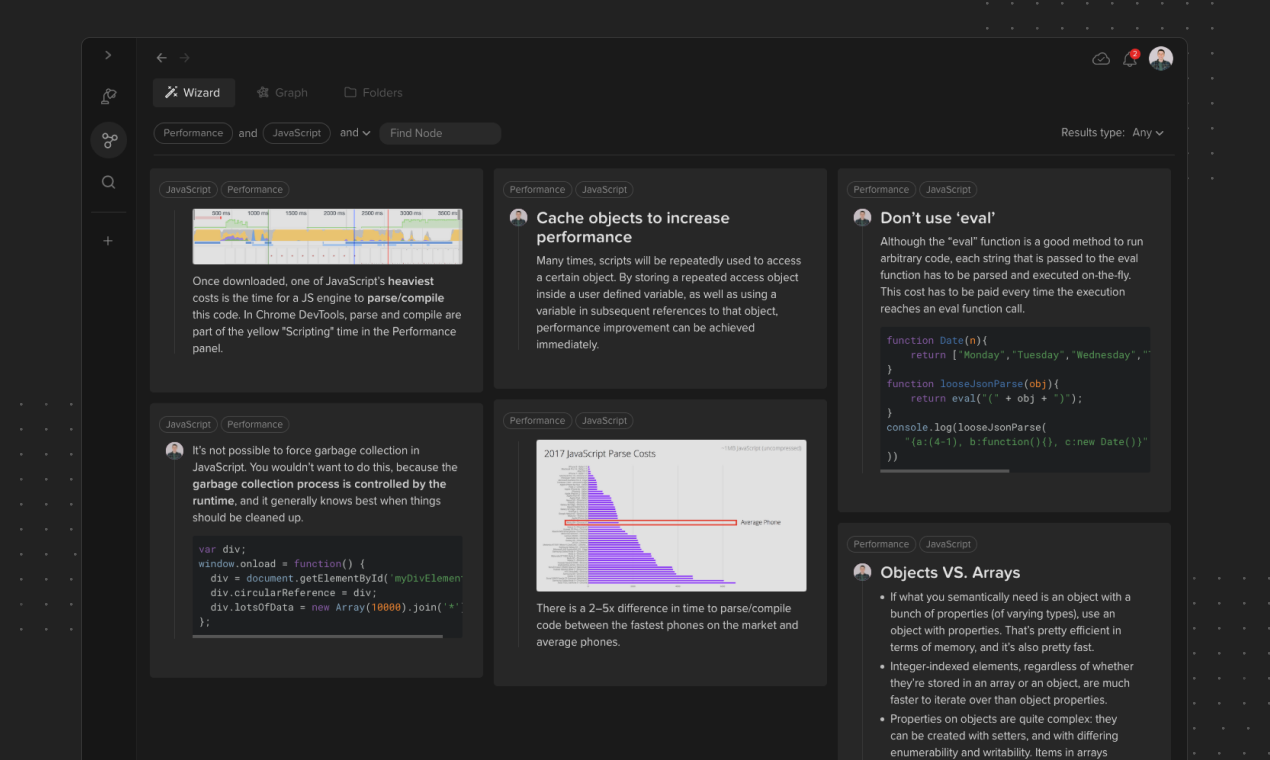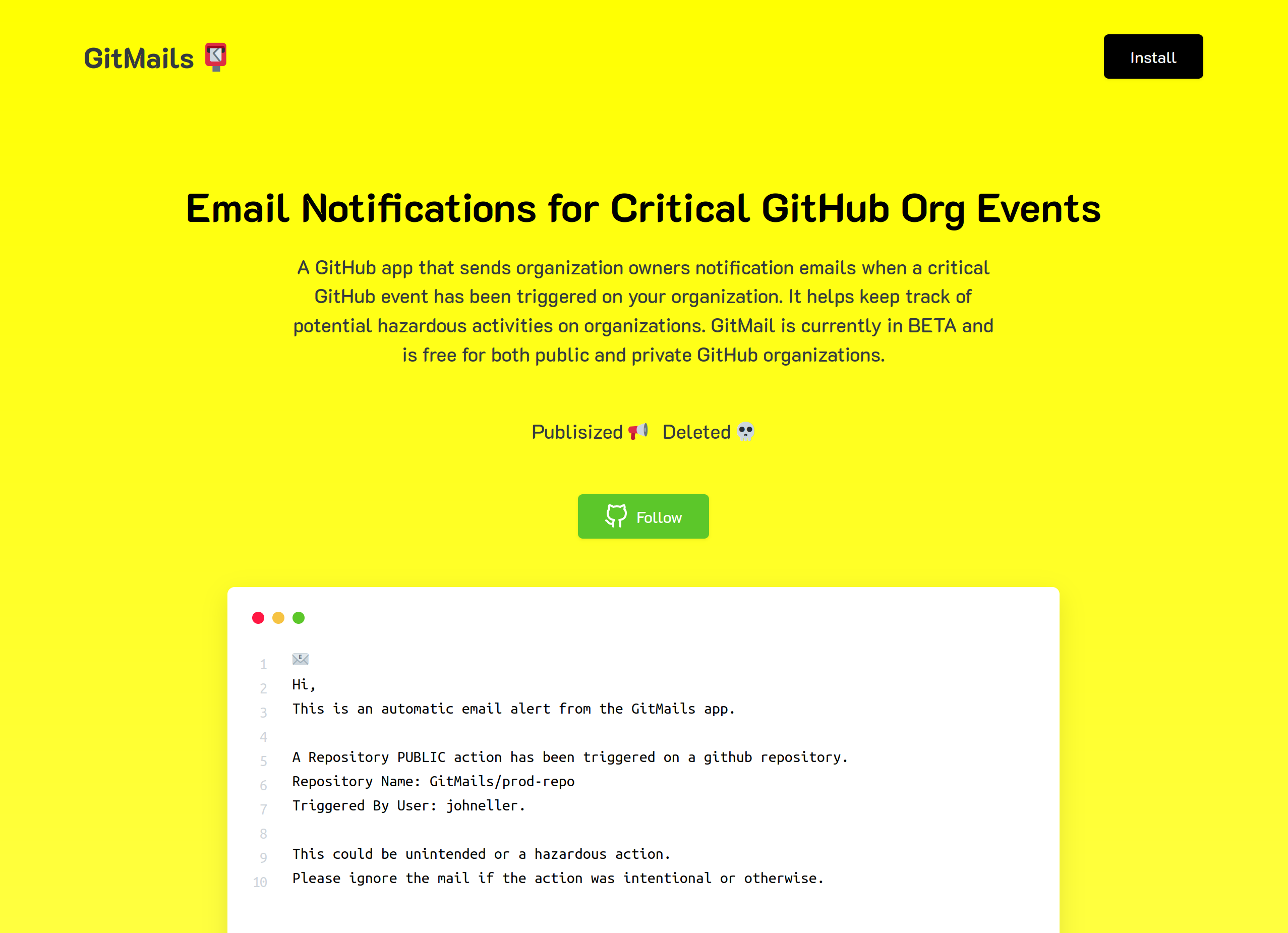
We became trained Civil Dialogue Facilitators and incorporated these techniques into our advocacy work to build consensus for policy solutions that will reduce gun deaths and injuries. Several years ago, the board of Arizonans for Gun Safety made a strategic decision to stop debating the issue of gun violence and start having real dialogues about this national epidemic. The goal often becomes to win arguments instead of finding solutions. Guns are one of the most divisive issues in America, the debate is passionate, heated and polarizing. Hot Topics, Cool Heads, by John Genette, Jennifer Linde and Olson Clark, is a perfect read for all those who are interested in promoting civil dialogue in their community.ĭaniel Schugurensky, 2017 Professor, Arizona State University, School of Public Affairs and School of Social Transformation I have attended a few of them and was always impressed by the quality of the deliberation. Civil Dialogue has a proven record of generating these conversations in different settings, from college classrooms to community centers, using a creative yet simple process. The problem is that, as the saying goes, “where everybody thinks alike, nobody thinks very much.” In this context, there is a pressing need for spaces and processes that facilitate respectful and insightful conversations, especially about controversial topics. Equally worrisome is the tendency to retreat to our own tribes, avoiding contact with those with different ideas. This is evident in many areas, from intense partisanship in politics to name calling in social media and even daily interactions. We live in increasingly divided societies with high levels of incivility in public discourse.

The necessary fundamentals of Civil Dialogue are included in the appendices. Civil Dialogue can be used in a variety of contexts, so people need not fear having conversations about politics, religion, or sex. Through this understanding comes a greater foundation for democracy. These skills of a civil communicator can be used in conversations where people vehemently disagree with one another, without the goal of advocacy, but to enhance understanding. By modeling civility, participants learn to understand different perspectives as they give voice to their own positions. A trained facilitator opens the dialogue by asking for brief opening statements, then allowing the participants to freely discuss their thoughts and feelings while following certain “rules of civility.” The audience is then asked for comments and questions before participants give closing statements, followed by a summary of the entire dialogue by the facilitator. Civil Dialogue features a semi-circle, where people who strongly agree and strongly disagree must face one another, while those who somewhat agree and somewhat disagree sit next to them, with a neutral or undecided participant completing the semi-circle. Through spontaneously participating in an audienced dialogue, participants are lead through a facilitated conversation by taking a position on a provocative statement. It then introduces the format of Civil Dialogue®, a method for people to present many sides of hotly contested issues. Hot Topics, Cool Heads: A Handbook for Civil Dialogue, written by the founders of the Institute for Civil Dialogue, traces the lack of civility in our society, defines what it is from a communication perspective, then identifies the characteristics of a civil communicator and outlines the importance of civil listening. Most people can easily point to daily examples of incivility, but most people are unable to define “civility” or recognize what it looks like, much less practice it.

From families disagreeing at Thanksgiving tables to the halls of Congress, civility is in short supply. There is a crying need for civility in our world.


 0 kommentar(er)
0 kommentar(er)
